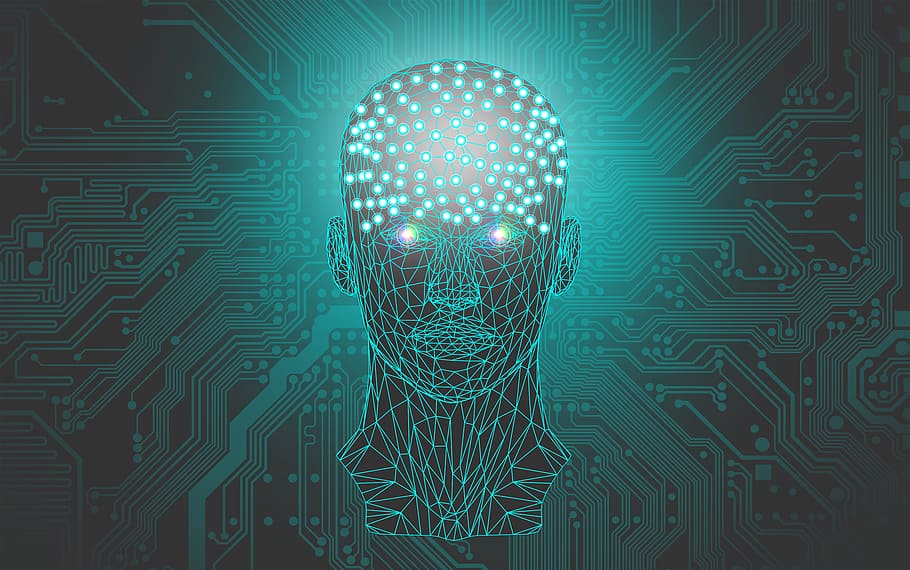Fake news has been around for centuries. Before believing something, people always wanted proof. The best type of proof is those that they can see. While it is relatively easy to dispel rumors, gossip, and stories, a photograph is harder to deny.
Photo Mumbo Jumbo
Since the invention of the camera, people have been using a variety of methods to fabricate the truth. What you see in photographs may not be genuine. Decades ago, the tool for photo modifications involved photo processing and manual editing. During the past two decades, Photoshop and other digital editing software reigned supreme. Now, for better or worse, technology found a way to go beyond photo editing.
While one can easily doubt a photo’s reliability, it was harder to fake videos. Fake videos during the past century involved staged work to make it look realistic. It involved actors, camera workers, directors, and someone who can produce an authentic looking event. Now, anyone with a computer can try some video faking.
Deep into Deepfakes
Deepfakes are digitally edited videos – it is a next generation of edited footage. The difference is simple – Photoshop can only edit the contents of a photo. A deepfake can edit a video footage seamlessly. With the help of Artificial Intelligence mapping, one can replace a person’s face in a video with someone else’s.
This occurs by using an AI program to scan through the video you want edited. It can then take up to millions of frames of someone, and then replace them with someone else’s face. While the actual process is still a deeply guarded mystery, the implications of this new technology are obvious.
A person with the skills in deepfakes can put any face into another person. This includes a perfect fit during any action on the video. Because of this, during its rise in 2018, it mostly revolved around putting celebrity faces on pornographic videos. Other edits involved replacing an actor’s face in a movie scene with another. They can even use deepfake technology to make a person say something else in their videos.
Seeing is Not Believing
The old adage ‘to see is to believe’ may be just that – old and outdated. With technology marching forward, it can be very easy to deceive you with false information. Anyone can edit photos, videos, and even voice recordings to suit their agenda. While it can be difficult to decipher which is fact and fake, you have to do your best. Researching, fact checking, or even simply Googling something can give you a better understanding on the matter. Several sites, such as Snopes.com, put a lot of effort into debunking (or confirming) the countless rumors that start daily. Going to a reputable site can give you the information you need.
In today’s world of social media feeds, parody websites, and news sites looking for clicks, it can be hard to know the truth. Make sure to not make impulse reactions when reading headlines. Make sure to read the article and not rely simply on the headlines alone. If you do your research, you will be fine.
